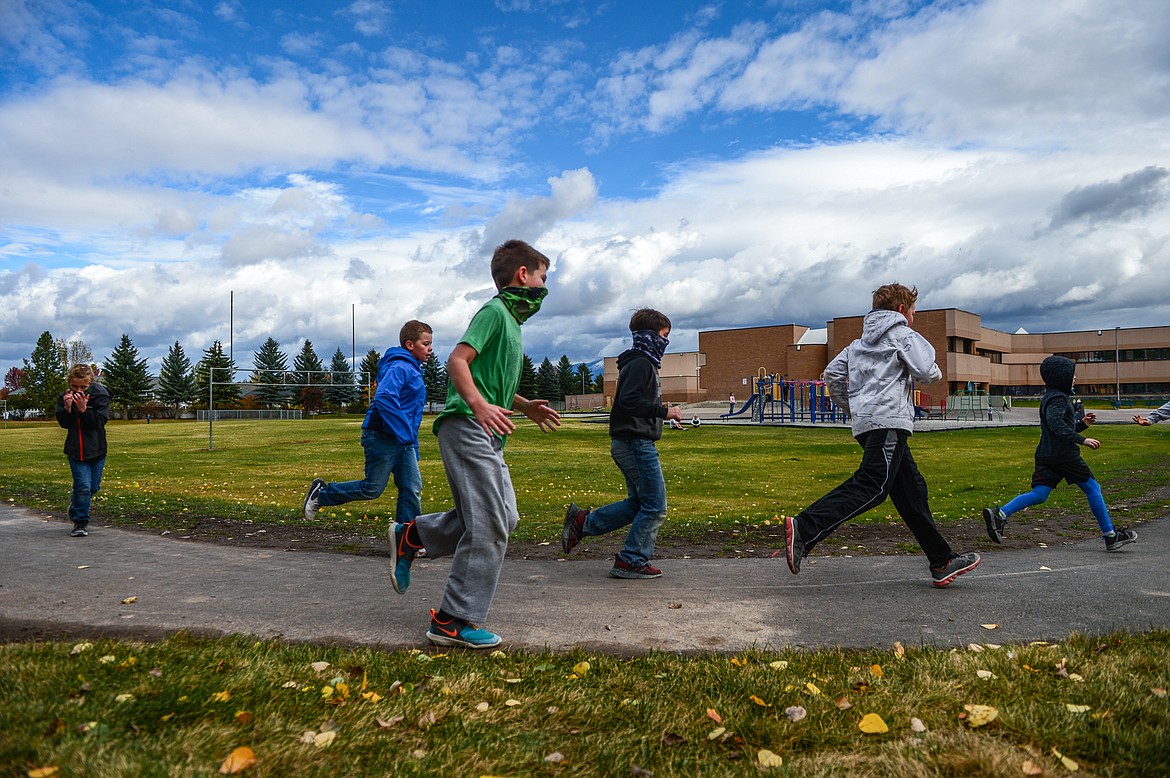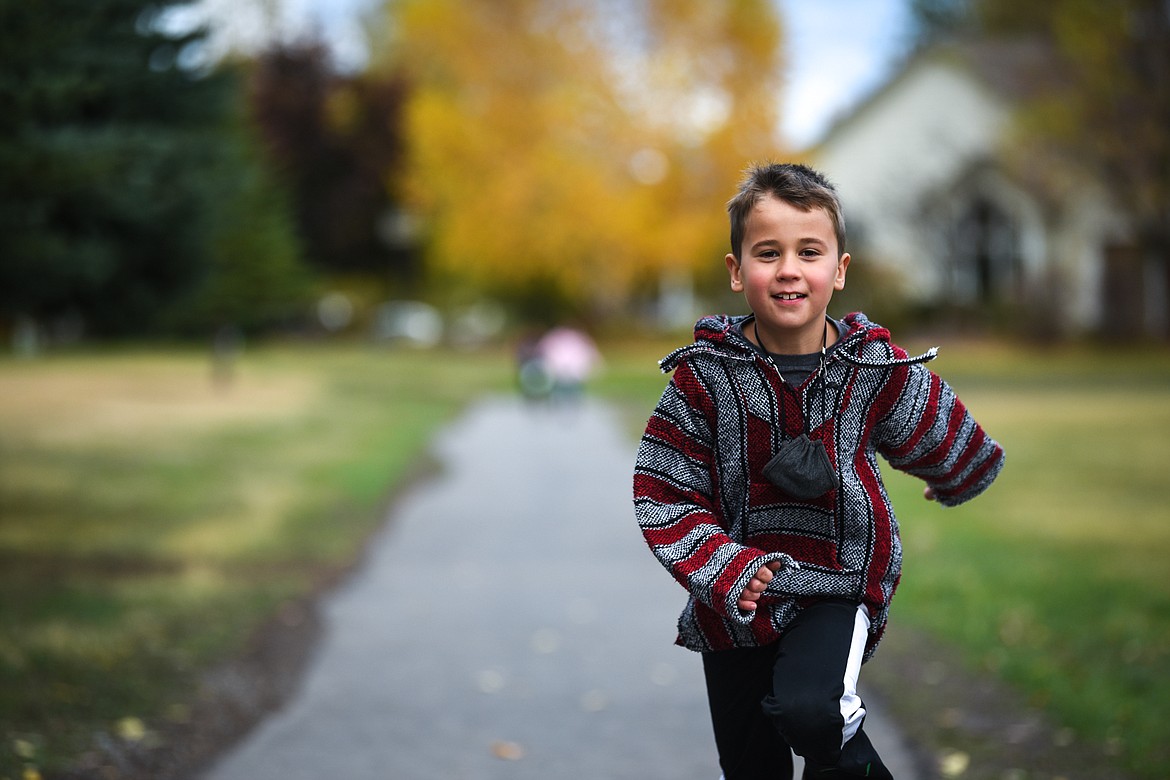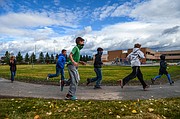Recess is more than fun and games at Edgerton
Recess is more than just random, unstructured play.
On the playground, children take a break from concentrating in the classroom to “get their wiggles out,” as Edgerton Elementary Principal Jen Stein described, and let their imaginations run free.
Yet, recess can be a difficult time for students who feel left out — and the playground — a place where conflicts may arise.
Edgerton Elementary staff wanted to help its 520 students negotiate the daily 15- to 20-minute recesses and formed a committee last year to assess what improvements could be made. Stein said recess is a unique time where students are building critical motor, cognitive, social and emotional skills.
“We were looking at our behavior data and started analyzing when kids were having the most challenges during the day,” Stein said about the initiative. “We also realized it was the only area of school where we didn't spend as much time teaching expectations and providing choices, so we decided to make the adjustments and to find choices that would be regulating for as many students as possible. We also spent time teaching expectations and having common rules because of that analysis.”
The committee honed in on creating more choices for students who felt at a loss of what to do during recess and worked to reduce behavior issues by teaching grade levels how to play games and solve conflicts.
This year, Edgerton started to look at the first year of data and is pleased with the trajectory.
“Our goal is reducing the number of behavior incidents on the playground, allowing more instructional time for students when they return to class so teachers aren’t managing behavior and students return regulated and ready to learn,” Stein said.
Stein said the initiative has been a big task, but the school and surrounding community has been very supportive. This was evident when the school held a fun run and raised $24,700 to build a walking path, which was completed this past summer in addition to a pavilion. The school also plans to eventually install outdoor instruments along the path.
“The community stepped up and delivered,” Stein said.
The walking path, which measures about a sixth of a mile, was just one component of the school’s desire to create options for students, which started small with the purchase of various playground balls and jump ropes.
“We had this big idea of trying to find as many different activities for kids to do on our playground,” said Sean Kelly, technology teacher and member of the school’s recess committee.
As the snowball-making season descends on the valley, Edgerton students will have “snowball walls” to look forward to when eight large signs made up of emoji targets are installed.
As far as using the pavilion, staff were going to set up art and car tables, but that is on hold as staff don’t want to encourage students to congregate during the COVID-19 pandemic. The pandemic has also changed how many children are out on the playground. Students now attend recess by classroom, as opposed to last year, where up to 150 students played at time.
IN TARGETING behavior, staff found many conflicts arose between students who played a particular game by different rules from what they learned at home, whereas the school’s youngest students didn’t necessarily know how to play various games.
“What really helped is we took kids class by class and taught them rules of the playground. How to use playground equipment. How to play games based on school rules — so they were all playing the same game,” said instructional paraeducator Paula Symmes, who has supervised recesses for a long time.
If issues arose throughout the school year, staff would re-teach rules.
Another solution that has made a difference for students and playground supervisors, was designating areas of a large field located behind the school, into soccer, football, tag and free-play areas by marking boundaries with paint.
“Oftentimes, you’ll see kids playing football, soccer and tag, while it’s amazing to see them maneuver around each other, games would be interrupted,” she said.
Students are also using a “solution circle” that gives them a starting point in choosing avenues to work toward solving problems.
“They can go up to an adult and say, ‘We can’t solve this,’” said Shila Schreiner, librarian and recess committee member. “Paras will say, ‘OK, how do you want to solve this [using the solution circle]. The goal is to talk through their problem and it’s a great way for kids to communicate. As a teacher, and as a parent, this is what I want my children to do. To be able to solve their own problems.”
Stein said when students and staff are on the same page and using the same language, it’s empowering.
“We want to teach the skills rather than continuing to throw them in the deep end,” Stein said.
“The overall goal is to help them to learn to be independent. You have to provide structure and guidance because of their age.”
Stein said when the school became intentional about teaching recess skills, there were decreases in disciplinary referrals.
Staff use disciplinary referrals to monitor what behaviors are occurring, how prevalent a behavior is and what grades levels it is happening in in determining what steps need to be taken to improve the situation.
“We want to meet all kids’ social emotional needs at recess while giving exercise and opportunity to socialize with friends,” she said.
Reporter Hilary Matheson may be reached at 758-4431 or by email at hmatheson@dailyinterlake.com.






